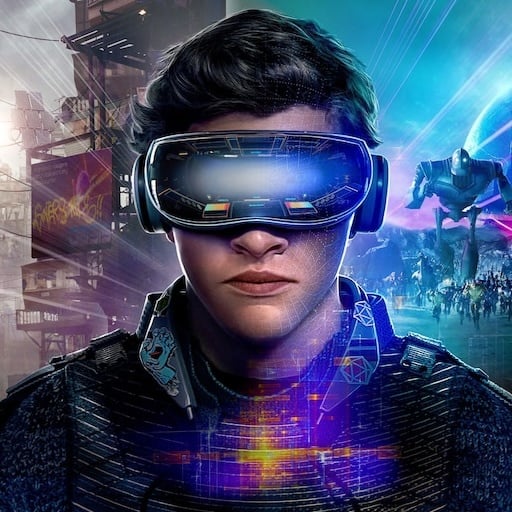Yes, some people use PC VR to play the same kind of graphically simplistic titles that are popular on Quest, such as Beat Saber, Gorilla Tag, and Walkabout Mini Golf, and these titles have been playable at sharp resolutions at maximum settings for years now.
But the magic of PC VR is that it can support high-fidelity realistic flight and racing simulators too, as well as detailed VRChat worlds populated by dozens of detailed avatars, and higher quality versions of AAA VR titles like Skydance’s Behemoth. Today, even the mighty RTX 4090 isn’t capable of running these experiences at an ideal resolution at maxed out settings. VR is uniquely demanding, owing to its stereo rendering, wide field of view, and strict intolerance for added latency.
As 4K per eye PC VR headsets like Shiftall’s MeganeX superlight and Pimax Dream Air are set to arrive in 2025, joining a market that includes 3K per eye headsets like Somnium VR1 and Pimax Crystal Light, PC VR enthusiasts will be crying out for the graphical horsepower to really take advantage of these resolutions. Nvidia is set to tailor to that at the high end, while AMD will offer affordable competition that could entice some Quest owners to build a PC and see what SteamVR has to offer.
Maybe. Still waiting for benchmarks.
Nvidia’s keynote was very AI focused. I’m sure that a lot of these performance gains can be chalked up to upscaling and generated frames. I’ll be curious to see benchmarks showing what the actual raw performance is like.
Thing about frame gen is that, in some titles, it can make the frame pacing feel… off. I’m not quite sure how to describe it, but when I had temporary access to an RTX4090 I really didn’t like the ‘feel’ of frame gen in Cyberpunk 2077 and wound up switching it off after a few hours. I’ve heard this isn’t the case with every title.
With VR, it’s pretty critical for everything to feel smooth, because when things aren’t just right sickness often ensues.
Upscaled frames also don’t really look right. It’s one thing when you’re playing on a monitor for a game in motion, but if you stop to look many elements have a ‘fizzy’ quality. That will be compounded in VR, where I want to feel like I’m looking through a pair of goggles into a semi realistic world.
There’s also the matter of titles needing to include support for Nvidia’s proprietary tech.
Maybe just because I remember geeking out at the VirtualBoy display at Toys R Us…
But after 30+ years of expecting VR, it’s hard to think it’s right around the corner.
Every generation feels like it’ll be the one, but the truth is the novelty wears off quickly and flaws become obvious. Even when it’s “as good” as a great flatscreen display, it’s gonna take 2x the graphics power to get there.
Look at steam surveys, the vast majority of people run decade (or more) old hardware. So once the tech to support “good enough” VR is really out, it’ll take a decade before it’s prevelant enough for developers to really focus on VR as anything more than a gimmicky cash grab.
There just isn’t a big enough base of consumers for VR games to be more than that or hastily slapped together adaptions of flat screen games.
I played most of my VR years on a GTX 970. I had to put most games very low for them to run well but the fun was there! Blade and sorcery, boneworks and half life alyx already ran ok on that old hardware! Today my on the go setup is a handheld lenovo legion go and it’s great fun!



